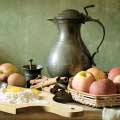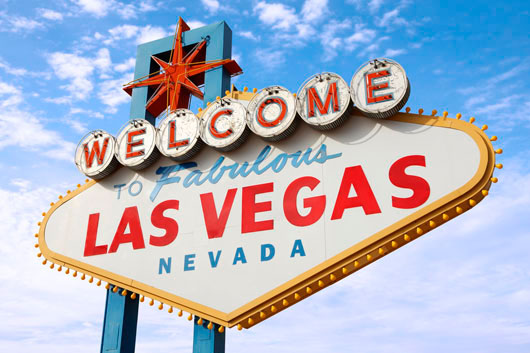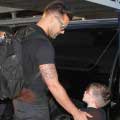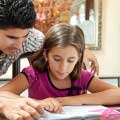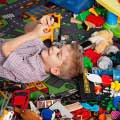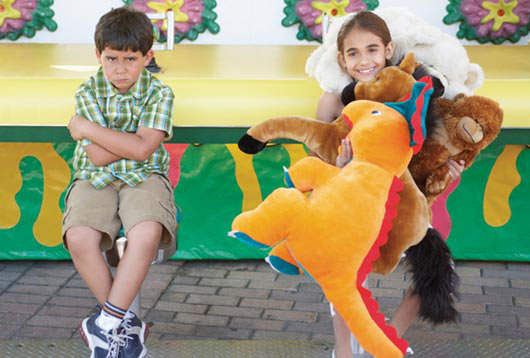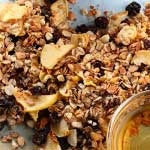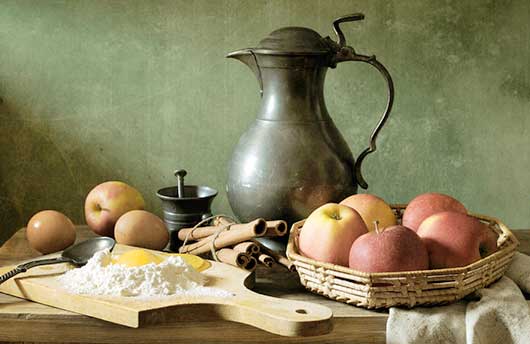
Teachers and parents frequently think of using food to teach math concepts, but rarely do they think of using it to teach other subjects. One of our favorite topics in the kitchen is history. Believe it or not, you can reinforce almost any time period or major event using ingredients found in your pantry or refrigerator. Take a look at some of the examples below to get an idea of how you can help your child remember historical time periods with food.
NEW WORLD EXPLORERS
My home-schooled kids are currently studying about New World Explorers using the Time Travelers’ History Study of the same name by Home School in the Woods. Within these 25 lesson plans comes a variety of activities including recipes and other food-related activities. For example, while learning about the lives of sailors, your kids can:
- Make (and drink!) lime juice when studying scurvy and other diseases sailors struggled against.
- Make spice cookies to understand the importance of spices and how they motivated explorers to find new trade routes.
- Dry fruits and meats when studying why sailors needed foods that didn’t require refrigeration and could last long periods of time.
COLONIAL TIMES
The U.S. Colonial period is one of the more popular history topics in elementary school, and is full of edible learning opportunities. Pair these with carefully thought out literature, and you will certainly go a long way in helping your child understand this era in our nation’s history. Your child might learn how to…
- Make their own butter.
- Grow the “Three Sisters”—squash, maize, and climbing beans—companion plants typically raised by various Native American groups.
- Create their own Thanksgiving meal using the actual ingredients likely used by the early settlers and Wampanoag Indians.
Read Related: Exploring Geography & Culture with Food & Recipes
ANCIENT EGYPT
This is another fascinating period in world history, and kids especially love learning about pyramids, pharaohs and mummies. One of our favorite activities came from the book, Story of the World—Volume 1, which gave us directions for mummifying our own (store-bought) chicken! Let me tell you, we did this ages ago and my kids remember it perfectly—and so do I! It was fun…even if people did look at us funny when they heard we were mummifying chickens. We also made scented oils (using cooking oil and spices) to explore how Egyptians valued perfume.
PEOPLE OF THE AMERICAS
There is so much you can do in the kitchen with this topic. Since there were many different groups of native people here in the Americas, each with their own unique story, it can be hard for children to differentiate between each group. You can help your child remember different cultural groups by investigating food-related activities specific to each. It’s easy to find recipes online. For example, you might…
Make Navajo Fry Bread.
- Make your own chocolate when studying the Aztecs or Mayas.
- Make nasaump, a traditional Wampanoag dish sort of like oatmeal.
- Make pemmican, an energy snack that Sioux warriors and hunters carried with them.
As you can see, learning about history in your own kitchen can be a fun and rewarding experience. And finding food-related activities can be as simple as searching for recipes from particular time periods or cultures.
Happy edible learning!

